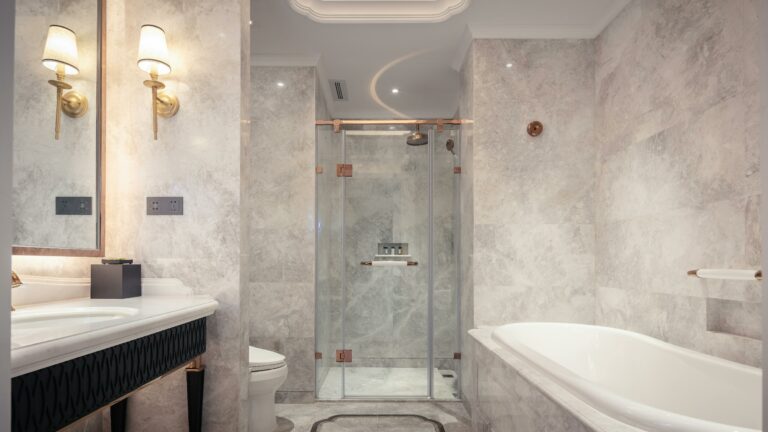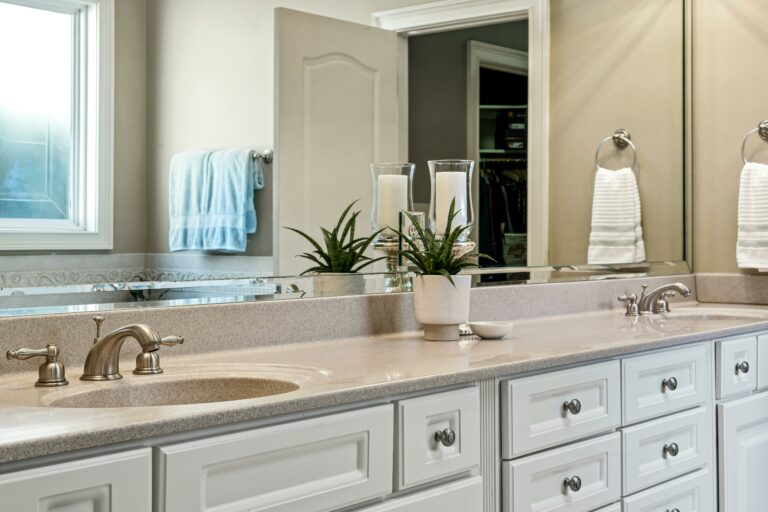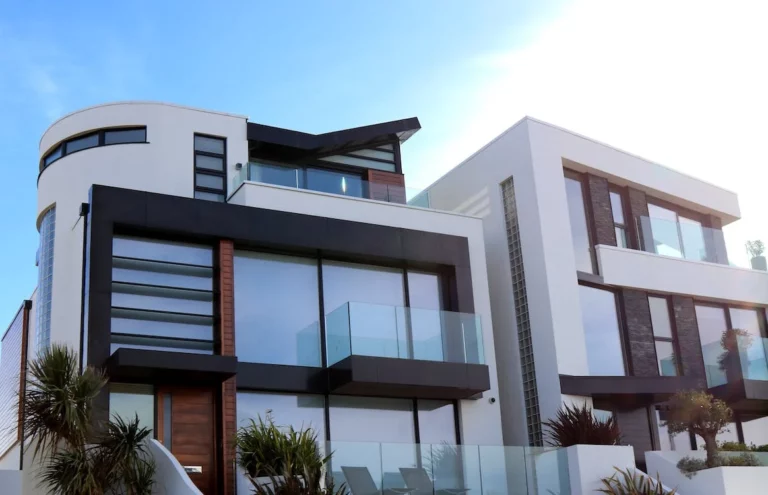Understanding the Importance of Architecture in Home Design
Architecture plays a crucial role in designing homes that are not only aesthetically pleasing but also functional and comfortable. From the layout of the rooms to the choice of materials, every aspect of architecture contributes to creating spaces that reflect the homeowners’ lifestyle and meet their needs. In this article, we will explore the importance of architecture in home design and how it influences the way we live.
When it comes to creating a home, many people focus on the interior design elements such as furniture, colors, and accessories. While these components are undoubtedly important, they are just one part of the equation. The foundation of every well-designed home lies in its architectural framework.
Table of Contents
Importance of Architecture in Home Design
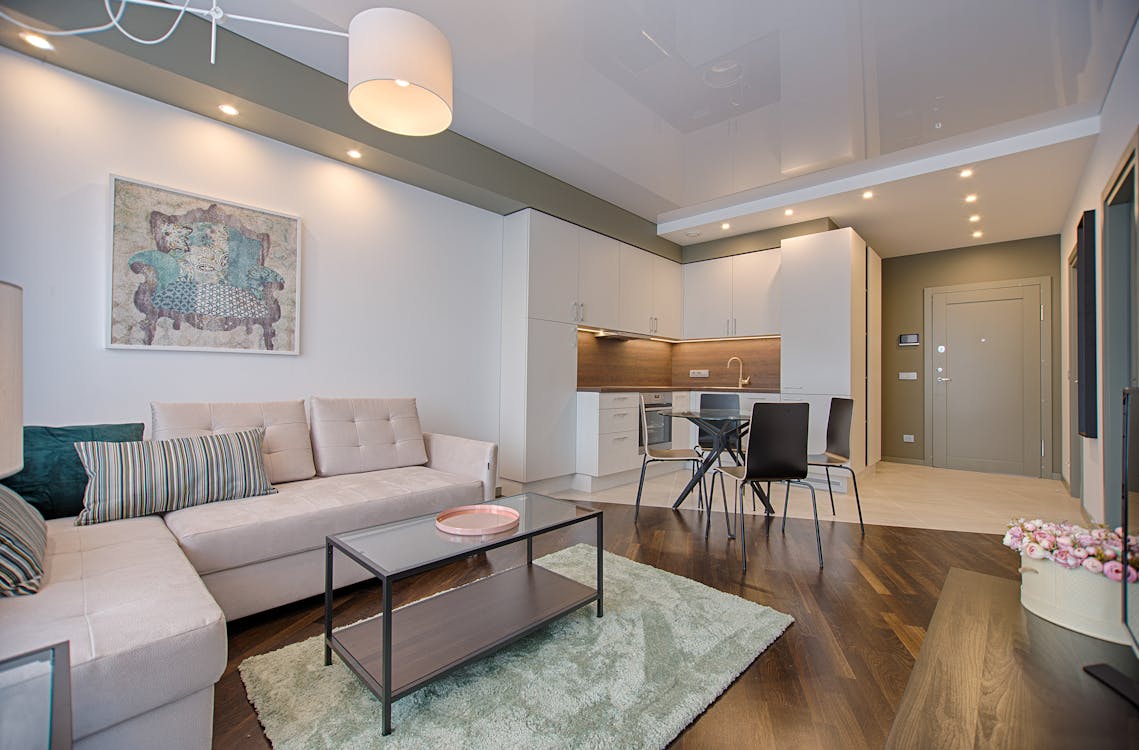
Think of architecture as the backbone of a house. It provides the structure and support necessary for the interior design elements to flourish. Without a solid architectural plan, spaces may feel disjointed or lack functionality. On the other hand, a well-executed architectural design forms the basis for a harmonious and visually appealing home.
But architecture goes beyond just the physical structure of a building. It also takes into account the surrounding environment, the available resources, and the social and cultural context in which the building exists. This holistic approach ensures that the home not only looks beautiful but also integrates seamlessly with its surroundings.
From a practical standpoint, architecture influences numerous factors that affect our daily lives, including:
- Layout and Space Planning: A well-designed architectural plan takes into account the flow and functionality of the space. It determines where the rooms are located, how they connect to one another, and how people move within the house. This consideration of spatial relationships ensures that the home feels cohesive and optimized for daily activities.
- Lighting and Ventilation: Properly placed windows, skylights, and openings are essential for bringing in natural light and fresh air, contributing to the overall comfort and well-being of the occupants. Natural light not only enhances the visual appeal of a space but also has significant health benefits.
- Energy Efficiency: Architecture plays a vital role in creating energy-efficient homes. By incorporating sustainable design principles, such as using eco-friendly materials, optimizing insulation, and harnessing renewable energy sources, architects can help reduce energy consumption and minimize the carbon footprint of a home.
- Structural Integrity: Architects ensure that the building is structurally sound, with a strong foundation and a design that can withstand the test of time. This attention to structural integrity promotes the safety and longevity of the home, giving homeowners peace of mind.
Ultimately, architecture sets the stage for interior design to shine. It paves the way for creative expression and allows homeowners to personalize their spaces while still maintaining a cohesive overall design. By understanding the importance of architecture in home design, we gain a deeper appreciation for the role it plays in shaping our lives. Whether you’re building a new home or renovating an existing one, working with a skilled architect can help you create a space that is not only aesthetically pleasing but also functional and sustainable. Stay tuned as we explore more about the growth and significance of the interior design industry in the next section!
Also Read : Creating a Cozy Home: Tips for Interior Design Trends for 2024
Growth of the Interior Design Industry
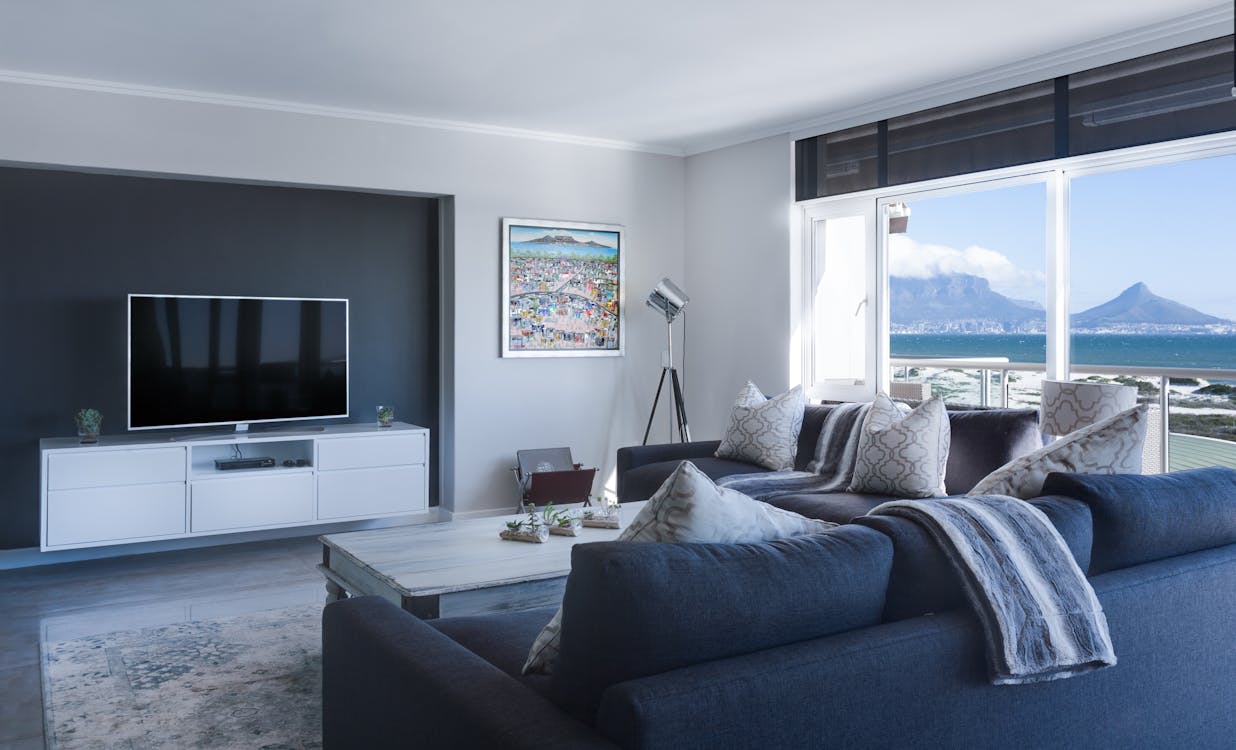
The interior design industry is experiencing remarkable growth and is becoming increasingly significant in today’s world. With the rising demand for well-designed spaces, the industry is thriving like never before. Let’s take a closer look at the factors contributing to this growth and understand why interior design has become such a vital field.
Increasing Interior Design Jobs
Interior design jobs are expected to see a significant increase in the next decade. This indicates the growing need for skilled professionals who can create aesthetically pleasing and functional spaces. According to recent projections, the employment of interior designers is projected to grow by 13% in the coming years[^data1]. With this surge in job opportunities, aspiring interior designers can look forward to a promising career in the industry.
Market Size and Growth
The interior design market has witnessed substantial growth in recent years and is expected to continue expanding. The US Interior Designers industry witnessed an average annual growth rate of 4.8% between 2017 and 2022[^data2]. Moreover, the interior design services market is projected to reach USD 131.20 billion by 2023[^data6]. These numbers clearly indicate the increasing demand for interior design services and the potential for further growth in the coming years.
Employment Statistics
The employment statistics in the interior design industry highlight both the size and the demographic makeup of the workforce. In the United States alone, there are currently over 43,756 interior designers, with 79% of them being women[^data3]. This showcases the significant representation of women in the field, making it not only a thriving industry but also one that offers diverse opportunities for individuals from various backgrounds.
Looking ahead, the employment of interior designers is projected to grow by 4% from 2022 to 2032[^data5]. This steady growth rate further reinforces the industry’s importance and the continuous need for talented professionals who can bring creativity and innovation to spaces.
In conclusion, the interior design industry is experiencing remarkable growth and has become increasingly significant in recent years. The rising number of interior design jobs, the expansive market size, and the promising employment statistics all point to a thriving industry with a bright future. As spaces continue to evolve and people seek well-designed environments, the demand for interior design services will only continue to grow.
Trends in Interior Design
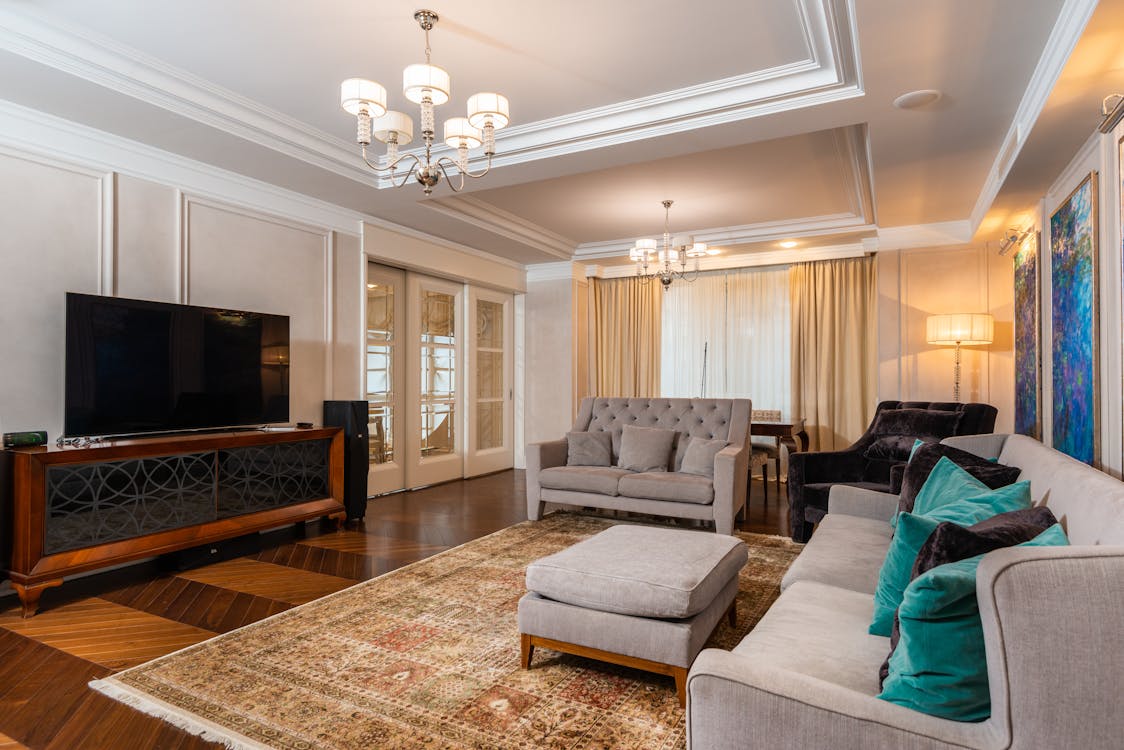
When it comes to interior design, trends are constantly evolving and shaping the way we decorate our homes. From popular design styles to the influence of technology, there is always something new and exciting happening in the world of interior design. Let’s take a closer look at some of the current trends that are capturing the attention of homeowners and designers alike.
Popular Design Styles
One of the first things to consider when designing a room is the style you want to achieve. Different design styles have their own unique characteristics and aesthetics. Here are a few popular design styles that have been trending in recent times:
- Modern: Approximately 35% of people who redid a room last year chose a modern design1. This style is characterized by clean lines, minimalism, and a focus on function. It often incorporates sleek materials such as glass, metal, and concrete to create a contemporary and sophisticated look.
- Traditional: Traditional style is a timeless classic that never goes out of style. It draws inspiration from classic European designs and features elegant furnishings, ornate details, and rich colors. Both traditional and midcentury modern design styles have influenced the design choices of many homeowners1. Combining elements from both can result in a unique and eclectic style that reflects personal taste and preference.
Influence of Technology
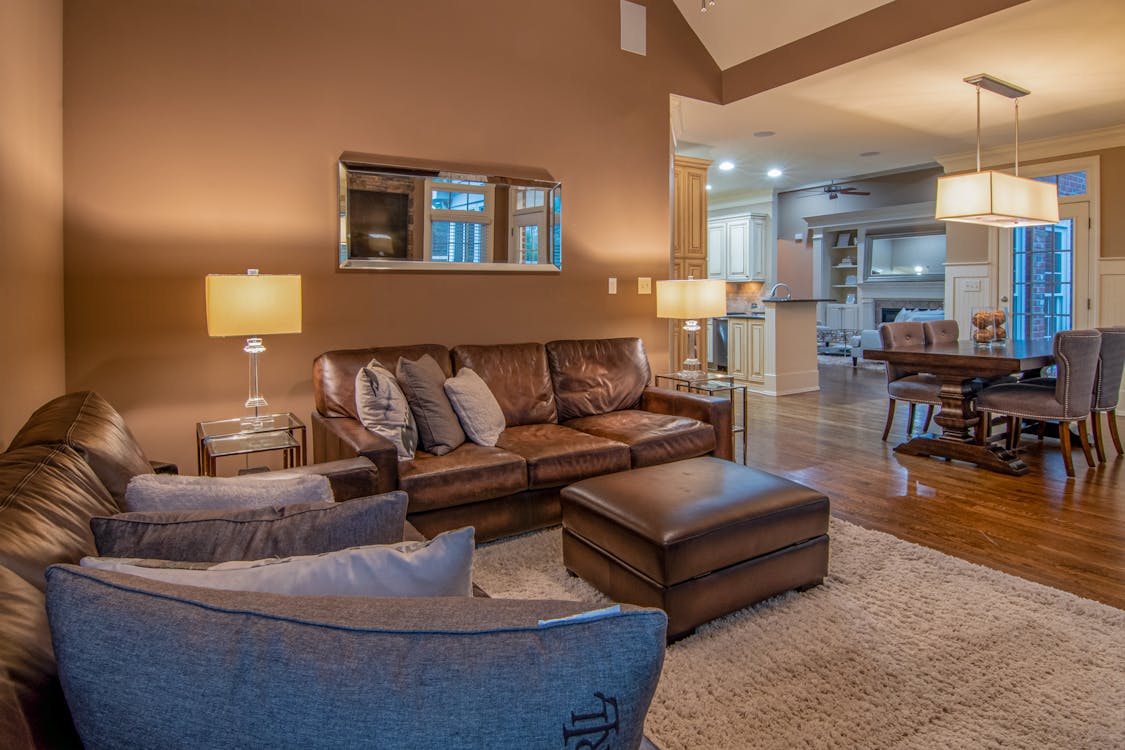
Advancements in technology have revolutionized many aspects of our lives, and interior design is no exception. Technology is now playing an increasingly significant role in how interior designers operate and design rooms. Here are some ways in which technology is shaping the world of interior design:
- Virtual Reality (VR): Virtual reality allows designers to create immersive experiences that enable clients to visualize and experience the design before it becomes a reality. This technology empowers clients to make informed decisions and provides designers with a powerful tool to communicate their vision effectively.
- Smart Home Integration: With the rise of smart home devices, interior designers are incorporating smart technology seamlessly into their designs. From voice-controlled lighting systems to automated window treatments, these innovations enhance the functionality and convenience of the space while maintaining a sleek and modern aesthetic.
As technology continues to advance, it will undoubtedly bring even more exciting possibilities for interior designers and homeowners alike. Whether it’s through the use of virtual reality or the integration of smart home devices, technology is reshaping the way we approach interior design.
In conclusion, keeping up with the latest trends in interior design is not only exciting but also essential for creating spaces that are stylish and functional. From modern design styles to the influence of technology, these trends are shaping the way we decorate our homes. So, embrace the trends that speak to you and create a space that reflects your personal style and makes a statement.
Role of Interior Architects
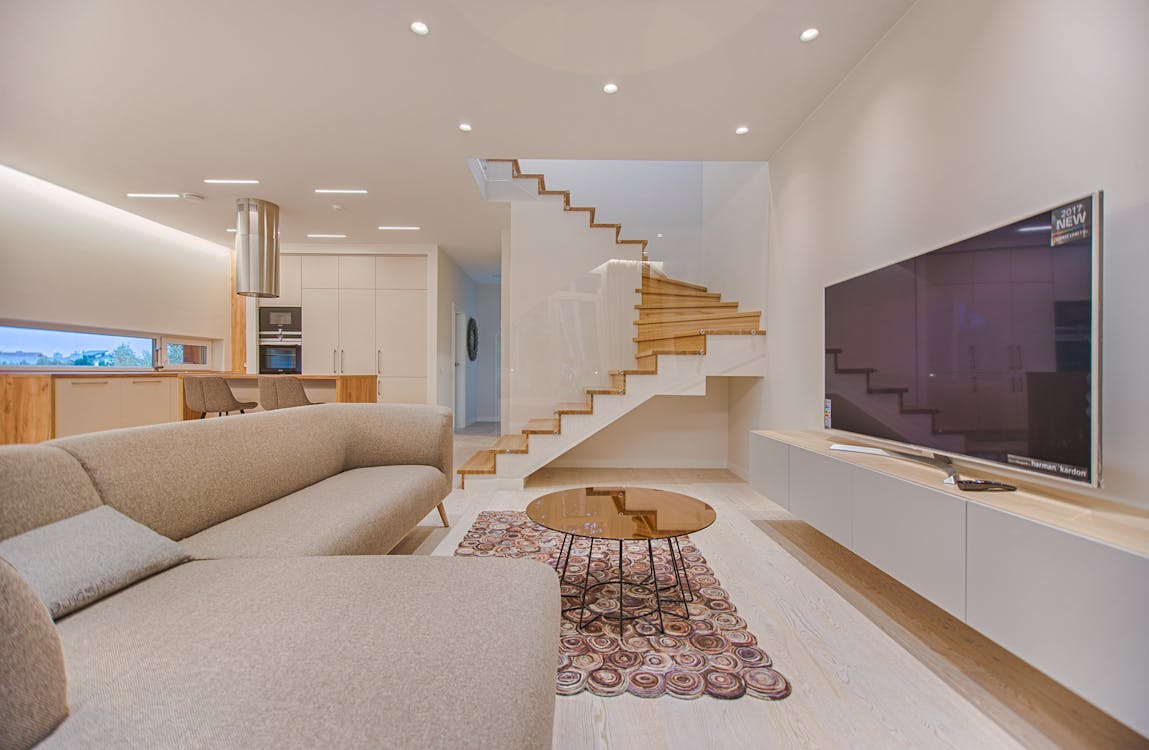
Interior architects play a crucial role in creating cohesive designs with architects for homes and other spaces. While architects focus on the overall structure and exterior of a building, interior architects focus on designing the interior spaces. They are adept at combining functionality, aesthetics, and the client’s requirements to create stunning and practical spaces.
Collaboration with Architects
Interior architects work closely with architects to ensure that the interior design aligns with the overall architectural vision. By collaborating throughout the design process, they can create a harmonious relationship between the exterior and interior of a structure. This collaboration involves:
- Understanding the architectural design: Interior architects study the architectural plans to gain a clear understanding of the layout, structural elements, and building materials. This knowledge helps them tailor the interior design to complement and enhance the overall architectural design.
- Coordination of space and structure: Interior architects work closely with architects to ensure that the spatial layout and flow of the interior spaces are optimized within the overall structure. They consider factors such as natural light, ventilation, and the placement of windows and doors to create functional and inviting spaces.
- Integration of design elements: Interior architects collaborate with architects to seamlessly integrate architectural elements such as columns, beams, and structural walls into the interior design. This integration ensures a cohesive and visually pleasing aesthetic throughout the space.
Impact on Interior Design Plans
Architectural design undoubtedly affects the interior design of a structure, and interior architects must consider this when creating interior design plans. Some ways in which architectural design impacts interior design include:
- Spatial constraints: The architectural layout, including the size and placement of rooms, windows, and doors, can influence the placement and arrangement of furniture and other interior elements. Interior architects must work within these spatial constraints to create functional and visually appealing spaces.
- Structural elements: Architectural features such as high ceilings, exposed beams, or unique architectural details can become focal points of the interior design. Interior architects leverage these structural elements to create captivating interior spaces that highlight and complement the architectural character of the building.
- Material selection: The choice of building materials used in the construction of a building can influence the selection of materials for the interior design. Interior architects carefully select materials that are durable, aesthetically pleasing, and in harmony with the overall architectural design.
To create a truly remarkable space, the collaboration between architects and interior architects is essential. Their combined expertise and vision ensure that both the exterior and interior of a structure harmoniously blend to create a cohesive and captivating design.
Also Read : Balancing Functionality and Style: Best Minimalist Home Design for Families
Conclusion
In conclusion, architecture plays a vital role in home design, shaping the way we live and interact with our surroundings. From the growth and significance of the interior design industry to the latest trends and advancements, it is clear that architecture is a driving force in creating functional and beautiful spaces.
Interior architects collaborate with architects to create cohesive designs that seamlessly integrate the exterior and interior of a building. Their expertise in spatial planning, materials, and aesthetics greatly influences the success of interior design plans.
As we embrace new technologies and experiment with popular design styles, it is crucial to recognize the impact of architecture in shaping our living spaces. By understanding the importance of architecture in home design, we can truly appreciate the power of thoughtful and well-executed design.
Whether you’re looking for inspiration for your own home or seeking insights into the world of architecture and design, Arkitecture Today has got you covered. Discover the latest industry trends, decoration ideas, and more at Arkitecture Today, your go-to source for all things architecture and interior design.
Frequently Asked Questions
- What is the importance of architecture in home design?
Architecture plays a crucial role in home design as it determines the overall structure, layout, functionality, and aesthetic appeal of a building. It involves designing and planning spaces to meet the needs of the occupants while considering factors such as safety, sustainability, and integration with the surrounding environment. - Why is architectural design important in home construction?
Architectural design is important in home construction as it ensures that the building is structurally sound, functional, and visually appealing. It helps optimize space utilization, enhance energy efficiency, and create a harmonious living environment. - What are the key elements of architectural design in home construction?
The key elements of architectural design in home construction include the building’s layout, room proportions, window placement, use of natural light, material selection, colors, textures, and overall design concept. These elements work together to create a cohesive and well-designed living space. - How does architecture influence the functionality of a home?
Architecture directly influences the functionality of a home by determining the placement and layout of rooms, the flow of movement within the house, and the incorporation of features such as storage, ventilation, and natural lighting. A well-designed architectural plan maximizes the usability and efficiency of space. - What role does architecture play in the aesthetics of a home?
Architecture plays a vital role in the aesthetics of a home by defining its style, character, and visual appeal. The design choices made in terms of form, materials, finishes, and detailing contribute to creating a visually pleasing and harmonious living environment.


